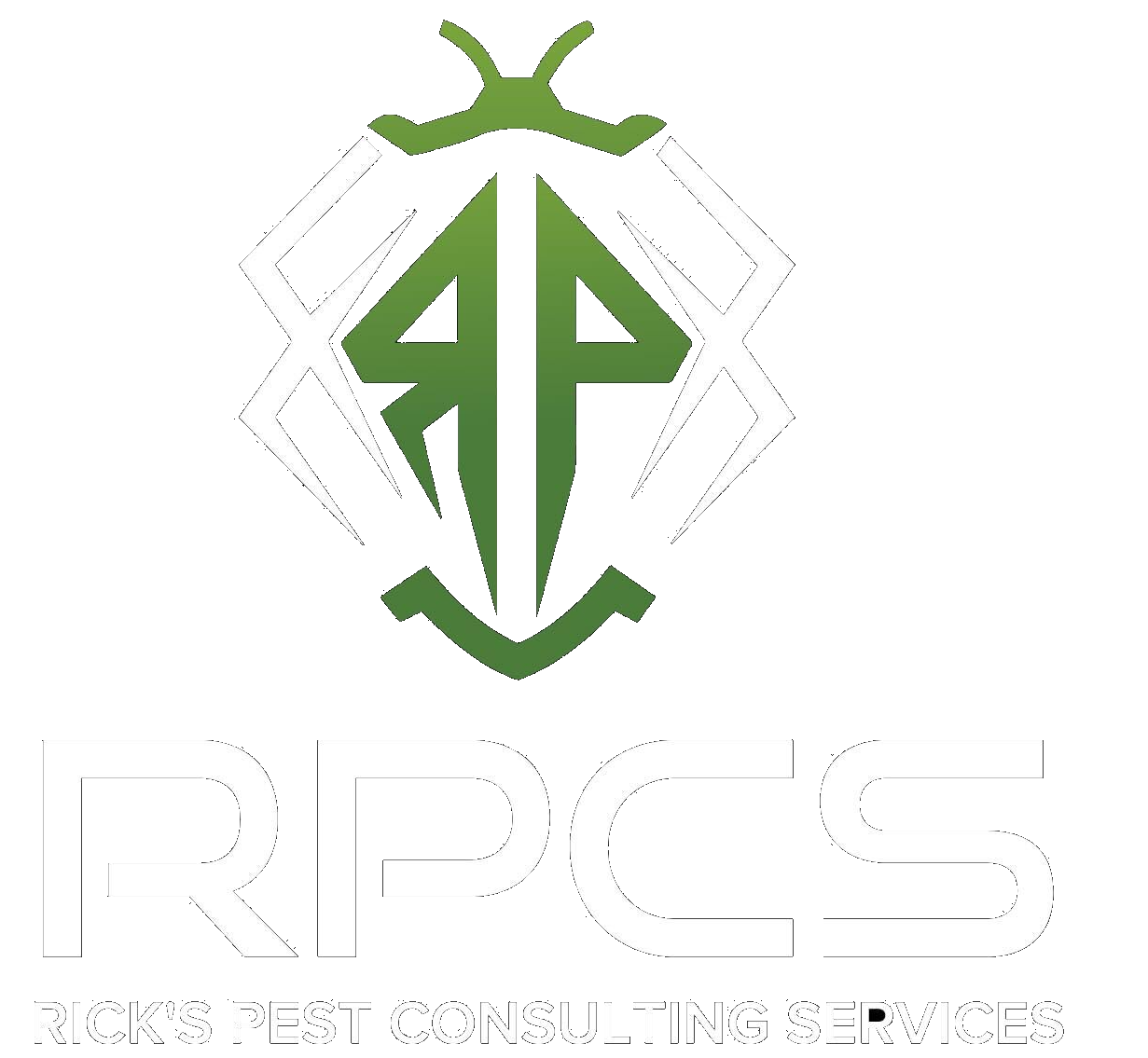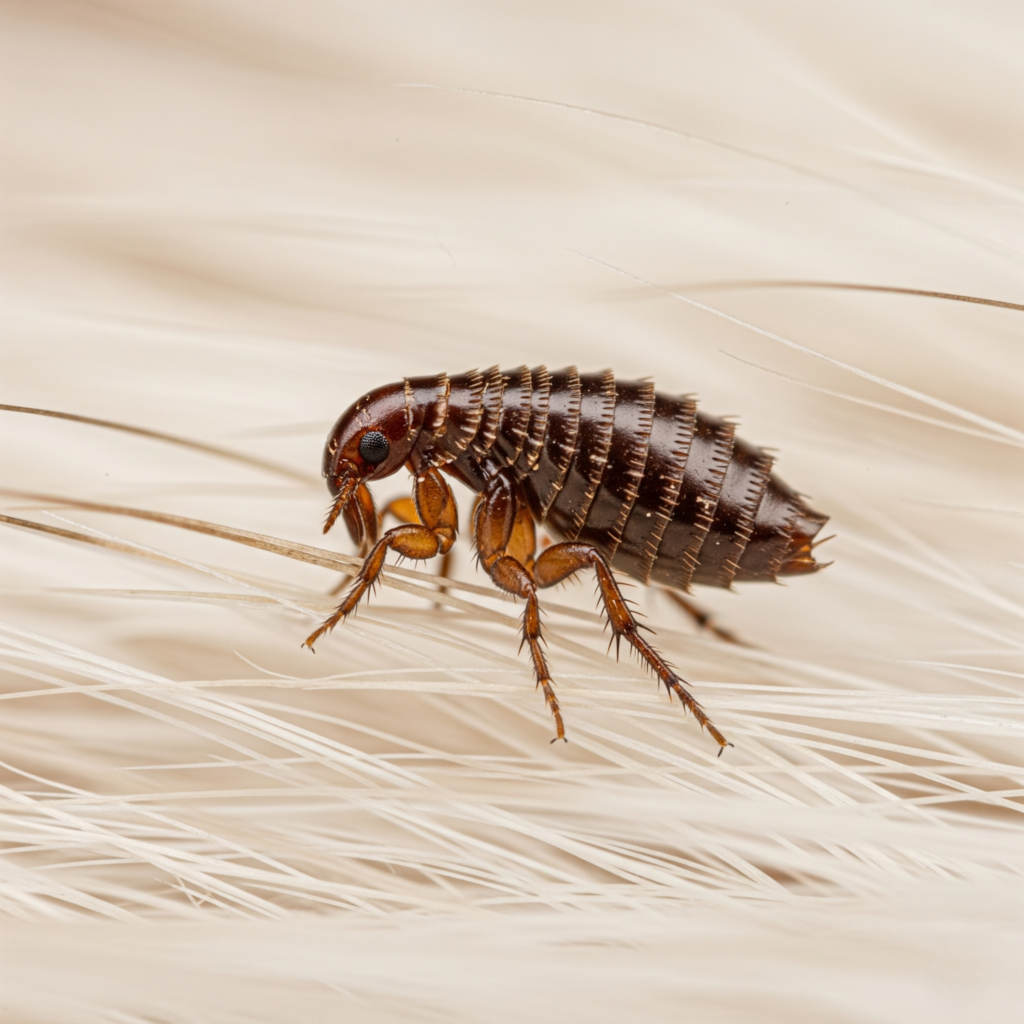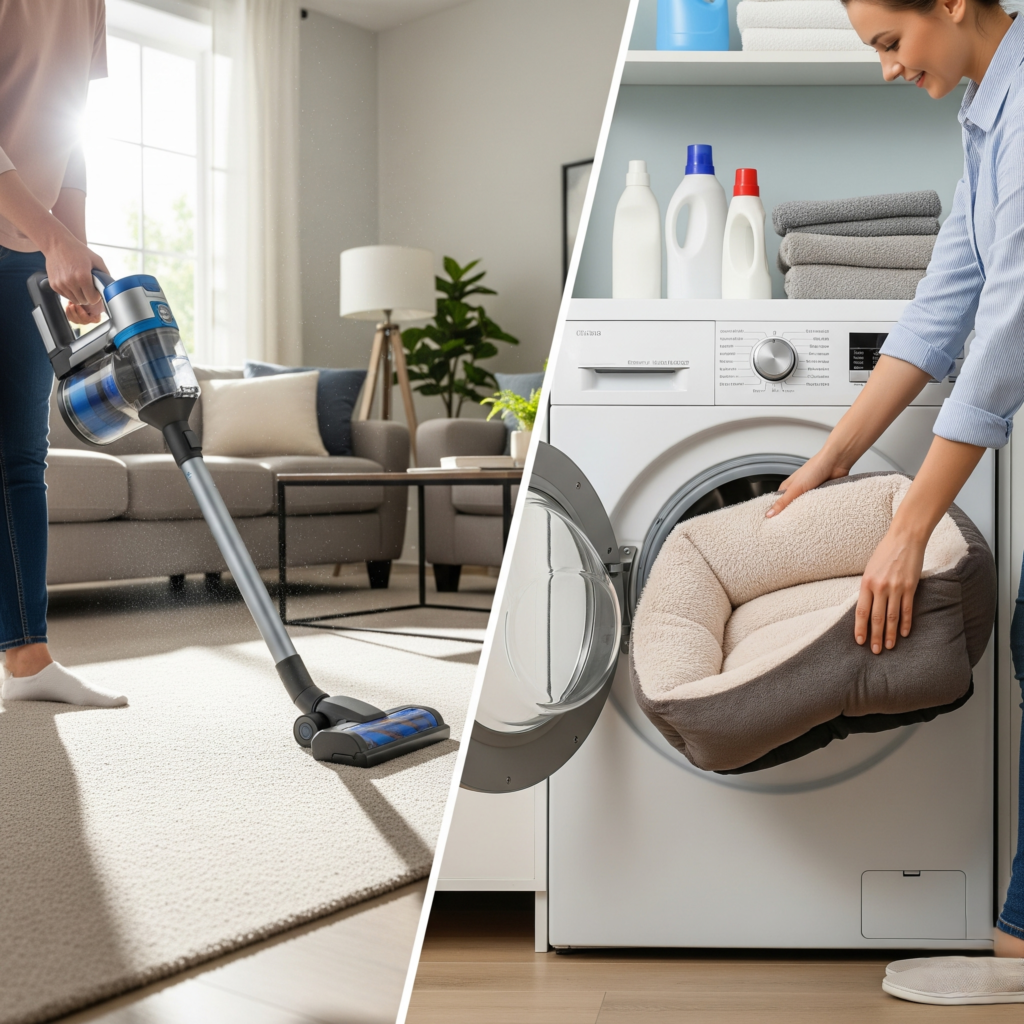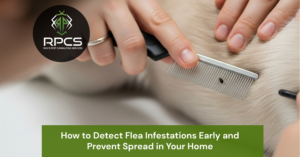Introduction
Flea infestations can sneak up on homeowners, spreading rapidly and creating discomfort for both humans and pets. These tiny, fast-breeding pests thrive in warm environments and can quickly turn your cozy home into a breeding ground. The good news? You can detect flea infestations early and stop them in their tracks with the right knowledge and a few proactive steps.
Understanding the Flea Life Cycle
Before diving into detection and prevention, it helps to understand how fleas operate:
- Eggs: Laid on pets but often fall onto carpets or bedding.
- Larvae: Hatch within days and hide in dark, moist areas.
- Pupae: Form cocoons and can remain dormant for weeks.
- Adults: Emerge and feed on blood, repeating the cycle.
Early Signs of a Flea Infestation
1. Pets Scratching Excessively
If your dog or cat is constantly scratching or biting at their fur, it’s a red flag. Fleas feed on blood, leaving behind itchy bite marks.
2. Flea Dirt
Flea dirt looks like black pepper flakes. Use a fine-toothed comb on your pet and place debris on a wet paper towel. If it turns red, it’s flea dirt (digested blood).
3. Visible Fleas on Fur
Adult fleas are visible to the naked eye. Look in areas like behind the ears, under the belly, or at the base of the tail.
4. Bites on Humans
Flea bites are small, red, and often appear in clusters, typically around ankles, legs, or waistlines.
5. Fleas in Carpets and Furniture
Use a flashlight to inspect carpet fibers or upholstery seams. Jumping fleas or black specks are signs of trouble.
How to Prevent the Spread of Fleas in Your Home
1. Treat Pets Immediately
Use veterinarian-recommended flea treatments such as topical solutions, oral medications, or flea collars. Repeat treatment as directed.
2. Wash Bedding and Fabrics
Wash all pet and human bedding, blankets, and soft furnishings in hot water weekly to kill flea eggs and larvae.
3. Vacuum Daily
Fleas and eggs love to hide in carpets, rugs, and crevices. Vacuum every corner of the house and dispose of the bag immediately.
4. Use Flea Sprays or Foggers
Select EPA-approved flea control products for your home. Flea foggers can be effective in treating large infestations, but follow all safety instructions.
5. Yard Maintenance
Fleas often come from outside. Keep your lawn trimmed, remove debris, and treat shady, damp areas with outdoor flea control sprays.
Natural Remedies for Flea Prevention
If you prefer a chemical-free approach, consider these natural remedies:
- Diatomaceous Earth (Food Grade): Sprinkle on carpets and vacuum after 48 hours. It dehydrates and kills fleas.
- Lemon Spray: Boil lemon slices, let them steep overnight, and spray on pet-safe areas.
- Essential Oils (Caution): Oils like cedarwood and lavender can deter fleas, but always consult a vet before applying to pets.
When to Call a Professional Exterminator
If your efforts aren’t working or the infestation is severe, it’s best to call pest control experts. They can:
- Identify hidden infestation hotspots
- Use professional-grade insecticides
- Ensure long-term eradication
Preventive Tips to Keep Fleas Out for Good
- Regular Pet Grooming: Keep your pet’s fur clean and short.
- Routine Vet Visits: Use year-round flea preventatives.
- Inspect After Walks: Check pets after visiting parks or grassy areas.
- Seal Entry Points: Fleas can ride in through small gaps in doors or windows.
- Monitor with Flea Traps: DIY flea traps using light and water can alert you early.
Conclusion
Fleas may be tiny, but their impact on home comfort and pet health can be massive. By recognizing early signs, acting quickly, and implementing long-term prevention strategies, you can keep your living space flea-free all year round. Whether through natural methods, over-the-counter treatments, or professional services, the key is staying vigilant, because a flea-free home is a happy home. Contact us today!








